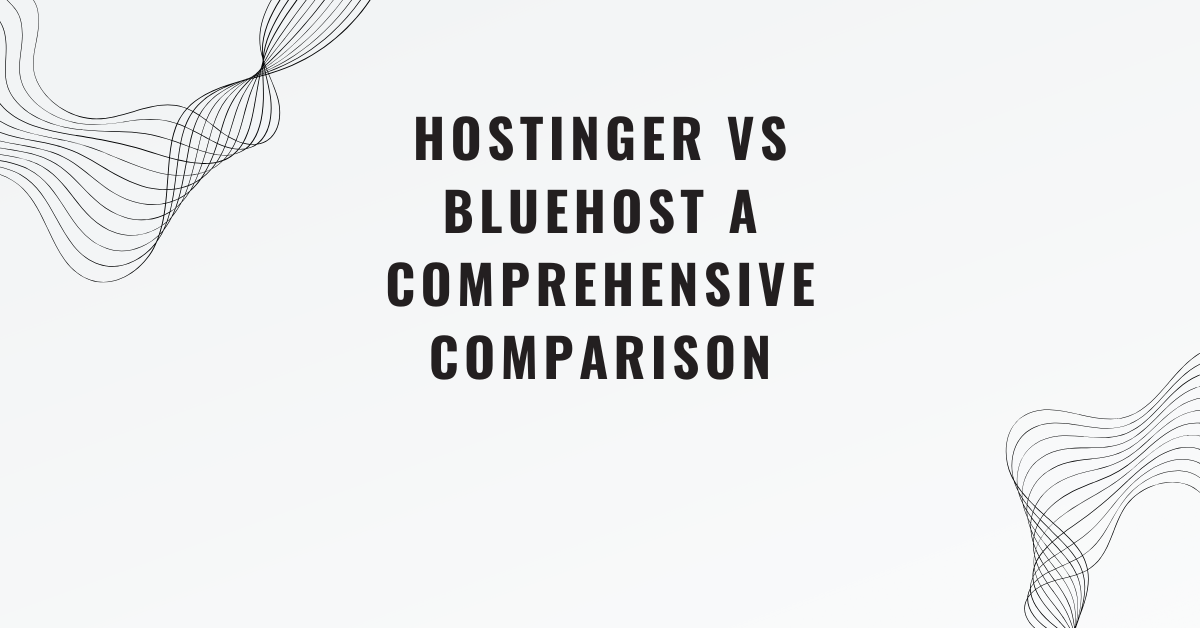Introduction
In the world of digital marketing, conversion marketing stands as one of the most effective strategies for turning visitors into paying customers, leads, or subscribers. Whether you are running an e-commerce site, a service-based business, or a lead generation campaign, understanding the key elements of conversion marketing is essential to boosting your sales and improving your marketing efforts. This guide will explore the key elements of conversion marketing and how you can optimize them to achieve better results for your business.
What is Conversion Marketing?
At its core, conversion marketing refers to the tactics and strategies used to persuade potential customers (or leads) to take a specific action on your website or landing page. This could include completing a purchase, signing up for an email newsletter, downloading a resource, or requesting a free consultation. The goal of conversion marketing is to optimize the journey that visitors take on your website so that they are more likely to convert into a paying customer or lead.
Conversion marketing is closely tied to conversion rate optimization (CRO), which involves using data, analytics, and testing to improve the effectiveness of your marketing campaigns.
Key Elements of Conversion Marketing
1. User Experience (UX) Design
User experience (UX) design is one of the most critical elements of conversion marketing. If your website is difficult to navigate, slow to load, or not mobile-friendly, visitors will quickly leave without converting. Therefore, optimizing UX design ensures that users have a smooth, enjoyable, and intuitive experience when interacting with your website.
Key aspects of UX design to focus on for conversion marketing include:
– Responsive Design
Your website should be mobile-friendly. A large portion of web traffic comes from mobile devices, and if your website doesn’t display well on smartphones or tablets, visitors may leave.
– Page Load Speed
Websites that take too long to load frustrate users. Make sure your pages load quickly (ideally within 2-3 seconds) to prevent visitors from bouncing.
– Clear Navigation
Ensure that visitors can easily find what they’re looking for. A clear and simple navigation menu helps guide users through your website, making it easier for them to take action.
– Call-to-Action (CTA) Buttons
CTAs are buttons that encourage visitors to take the next step, such as “Buy Now,” “Subscribe,” or “Get a Free Quote.” Ensure that CTAs are easy to find and clearly indicate what action the visitor will take.
2. Targeted Content
Content is king when it comes to conversion marketing. However, it’s not just about creating content for the sake of it—your content needs to be targeted and aligned with your audience’s needs, pain points, and desires.
Here’s how you can optimize your content for better conversions:
– Create High-Quality Content
Provide value to your audience by offering informative, engaging, and useful content. Whether it’s blog posts, videos, or case studies, make sure your content speaks to your audience and addresses their concerns.
– Personalization
Tailor content to the specific needs and interests of your visitors. For instance, showing personalized product recommendations based on a visitor’s past behavior or location can increase conversion rates.
– Use Clear Value Propositions
A strong value proposition tells the visitor exactly what they will get by converting. Make it clear why they should take action now and how your offering will solve their problem or improve their situation.
– Visual Appeal
High-quality images, videos, and infographics can help increase engagement and guide users toward conversion. People are more likely to take action if your content is visually appealing and easy to digest.
3. Landing Pages
Landing pages are standalone pages designed to convert visitors by focusing on one specific goal. Whether it’s capturing an email address, driving product sales, or encouraging a subscription, a well-designed landing page is essential for conversion marketing.
Here are some best practices for optimizing landing pages:
– Consistency with Ad or CTA
Ensure that the landing page matches the promise made in the ad or CTA that led the visitor there. If your ad promises a free consultation, the landing page should emphasize that offer clearly and immediately.
– Compelling Copy
The copy on the landing page should be persuasive and to the point. Focus on the benefits of your offering, use engaging language, and include a strong call to action.
– Form Simplicity
If you’re collecting information (such as email addresses or survey responses), make the form as simple as possible. The fewer fields a visitor has to fill out, the more likely they are to complete it.
– Trust Indicators
Including testimonials, reviews, security badges, or a money-back guarantee can help increase trust in your brand and improve conversions.
4. A/B Testing and Analytics
A/B testing is the practice of comparing two versions of a webpage, email, or ad to see which performs better in terms of conversions. This data-driven approach allows you to optimize your marketing efforts based on what’s actually working, rather than assumptions.
Here’s how A/B testing and analytics help with conversion marketing:
– Test Different CTAs
Experiment with different wording, designs, and placements for your call-to-action buttons to see which ones get the most clicks.
– Optimize Visuals
A/B testing can also be used to test different images, headlines, and videos. For instance, testing a video versus a static image on a landing page could reveal which one increases conversions.
– Track User Behavior
Use tools like Google Analytics or heatmaps to track where visitors are spending the most time on your website. Understanding where users click, scroll, and abandon the page can help you make adjustments to improve conversions.
5. Trust and Credibility
People are more likely to convert on your website if they trust your brand. Building trust and credibility is crucial to the conversion marketing process.
Here are some elements that can build trust with your audience:
– Customer Reviews and Testimonials
Including positive reviews and testimonials from real customers can make your business appear more credible.
– Security and Privacy Assurance
Assure users that their data is safe by displaying security badges, using HTTPS encryption, and providing clear privacy policies.
– Professional Design
A well-designed website with a professional appearance can help build trust. People tend to trust websites that look polished and legitimate.
– Clear Return/Refund Policy
Providing a clear and fair return or refund policy can help alleviate doubts and encourage conversions.
6. Social Proof
Social proof is a psychological phenomenon where people are more likely to take an action if they see others doing it. In conversion marketing, social proof is used to demonstrate that other people have trusted your brand, bought your product, or benefited from your services.
Key types of social proof include:
– Customer Testimonials and Reviews
Displaying authentic reviews and testimonials from satisfied customers can boost credibility.
– Case Studies and Success Stories
Showcasing how your product or service has helped others can encourage new visitors to convert.
– User-Generated Content
Sharing photos or videos from customers using your product can act as powerful social proof.
FAQs About Conversion Marketing
What is conversion marketing?
Conversion marketing refers to strategies and tactics used to turn website visitors into customers, leads, or subscribers. It focuses on optimizing the visitor journey to increase conversion rates.
What are the main elements of conversion marketing?
Key elements of conversion marketing include UX design, targeted content, landing pages, A/B testing, analytics, trust and credibility, and social proof.
How can I improve my website’s conversion rate?
You can improve your website’s conversion rate by optimizing user experience, using compelling content, creating effective landing pages, conducting A/B testing, and building trust with visitors.
What is A/B testing, and why is it important for conversion marketing?
A/B testing involves comparing two versions of a webpage or ad to see which one performs better. It’s essential for optimizing conversion rates based on data and performance.
How can social proof boost conversions?
Social proof, such as customer reviews, testimonials, and case studies, builds trust and shows potential customers that others have successfully used your product or service, encouraging them to take action.
Conclusion
Conversion marketing is an essential approach to driving success in digital marketing. By focusing on key elements like user experience, targeted content, effective landing pages, A/B testing, and building trust with social proof, businesses can enhance their ability to convert visitors into loyal customers. Implementing these strategies and consistently testing and optimizing your campaigns can yield impressive results, ultimately boosting your revenue and brand reputation. Please read about The Advanced Guide to fashion logo maker.









